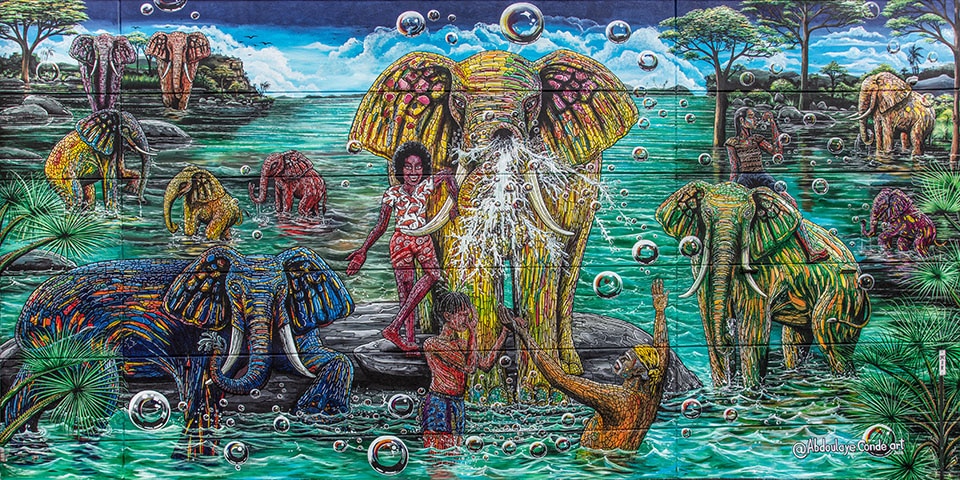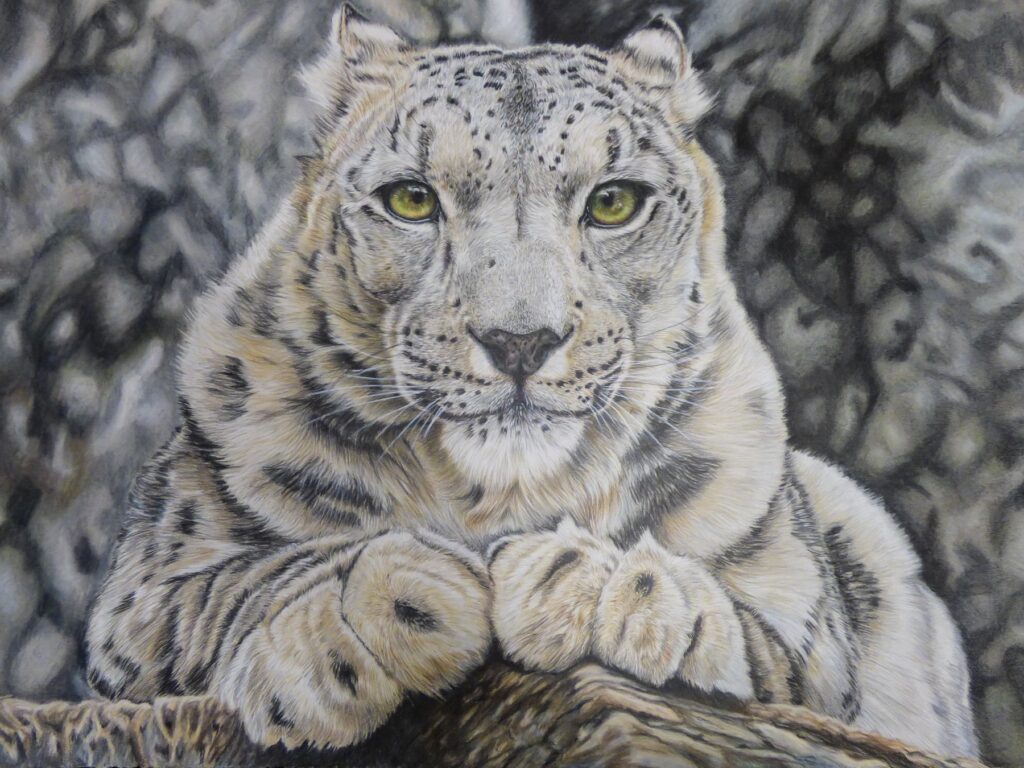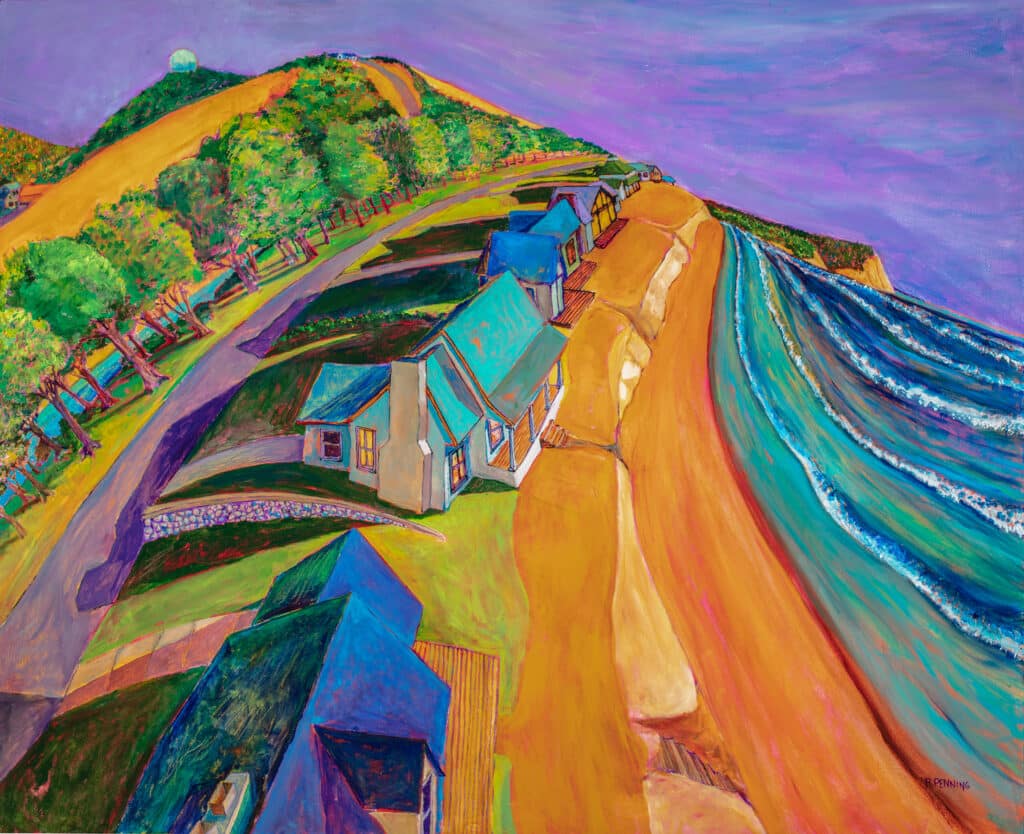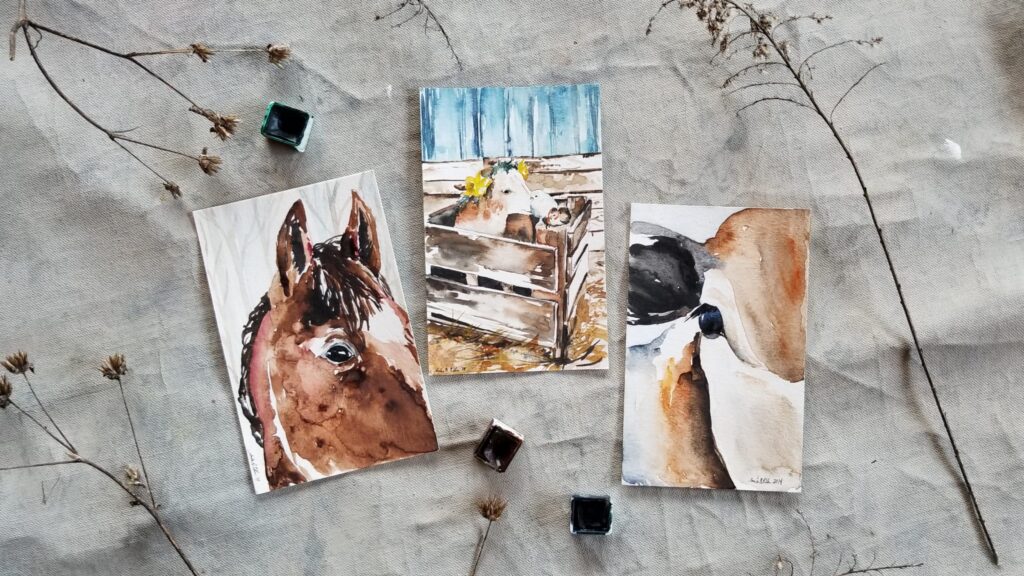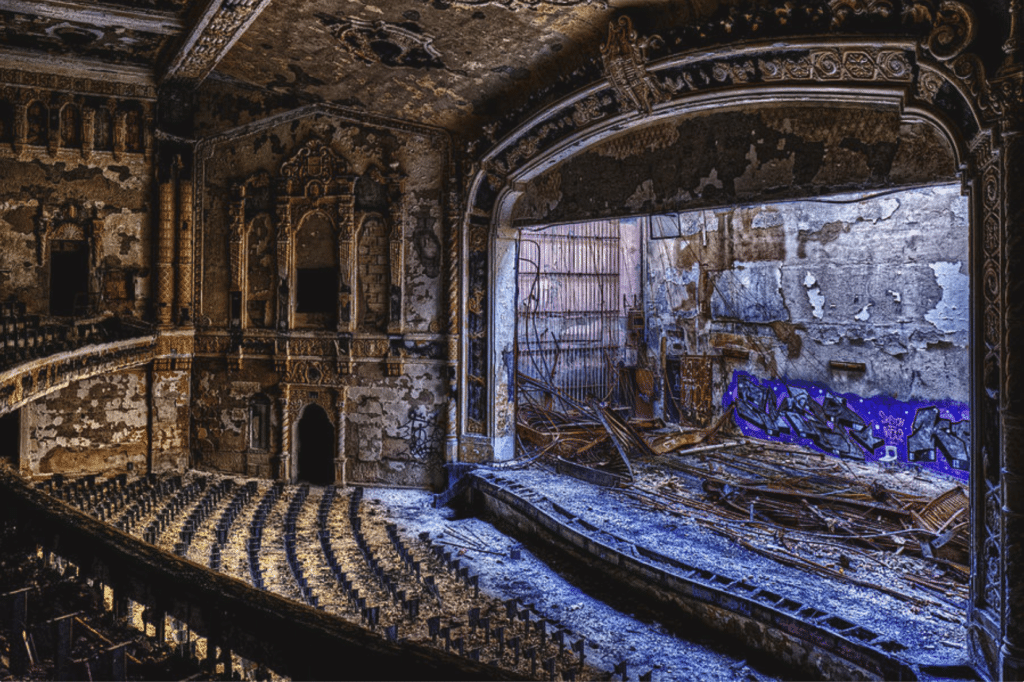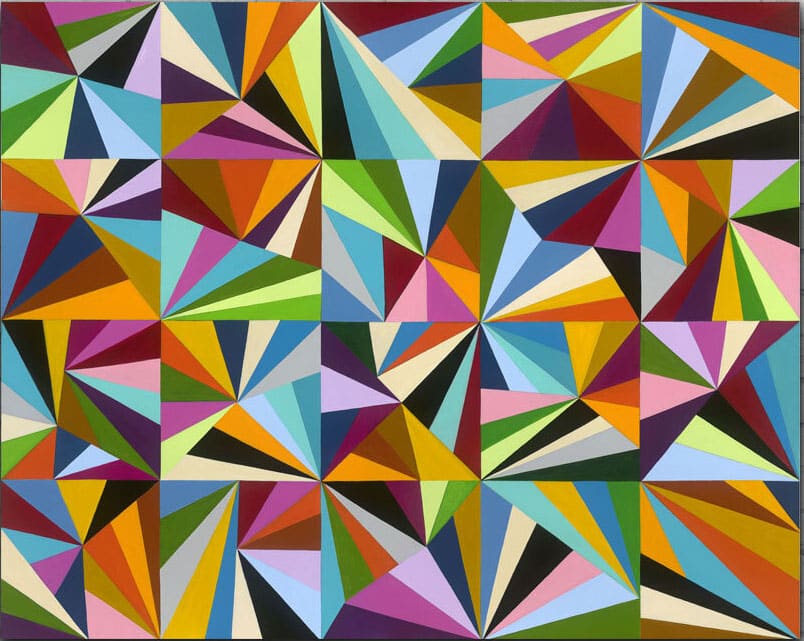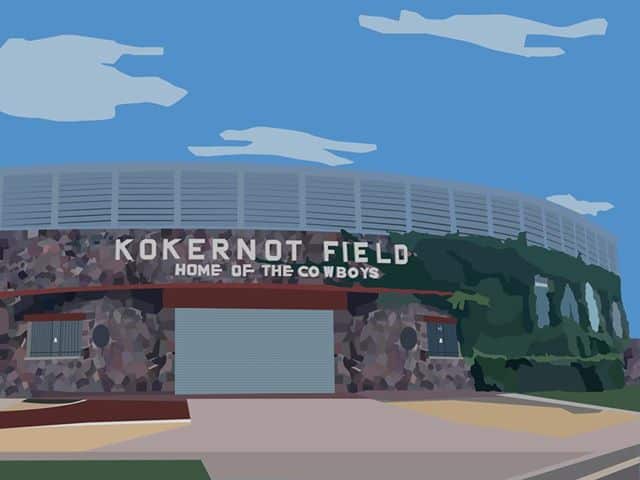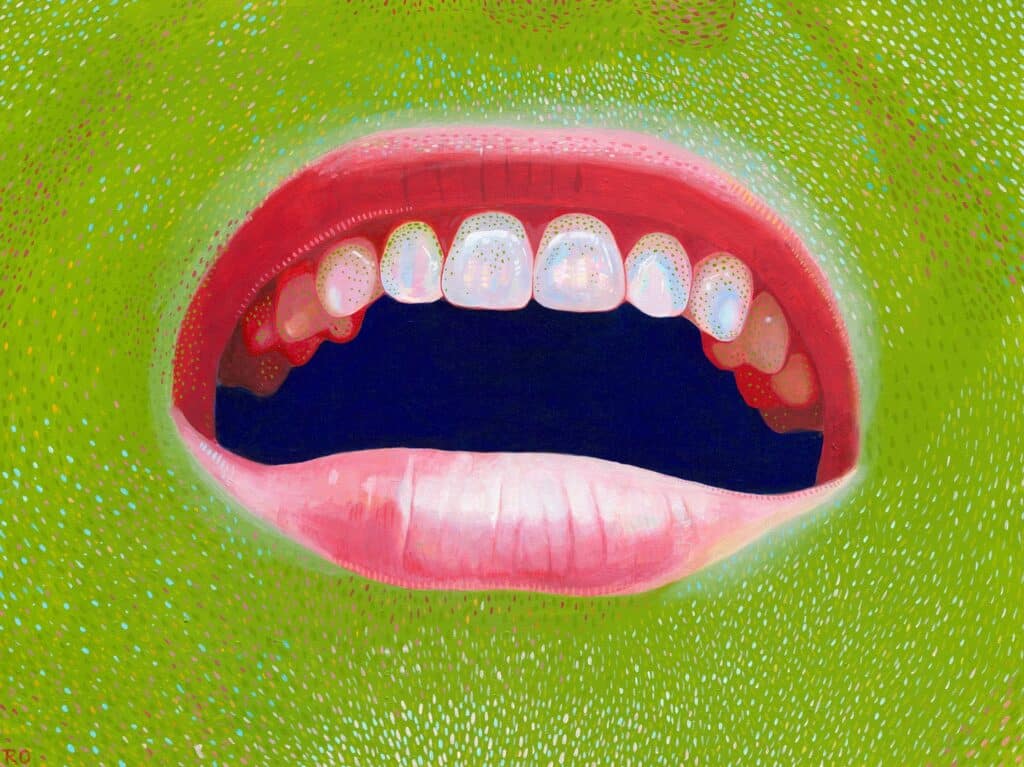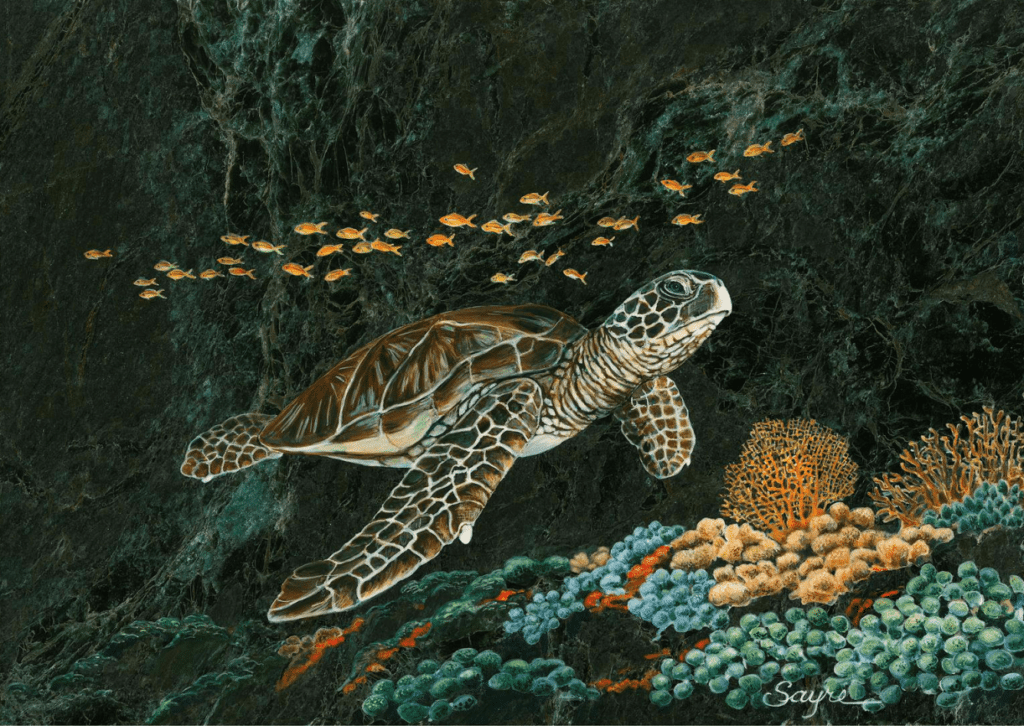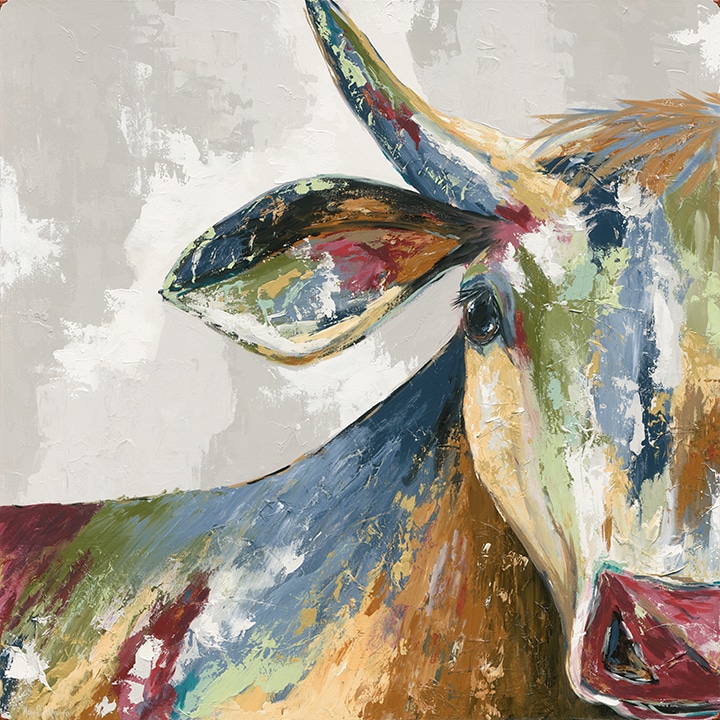featured artist: Abdoulaye Conde
Congratulations to Abdoulaye Conde for winning first place in the public vote in the 2023 ArtPrize competition in Grand Rapids, Michigan. Abdoulaye takes home a prize of $125,000 for his entry “Raining Wisdom,” a 30×66 foot mural depicting an idyllic scene of humans and elephants playfully interacting in an African river. According to Abdoulaye, “This […]
featured artist: Abdoulaye Conde Read More »

